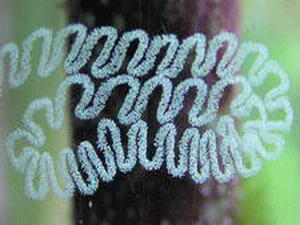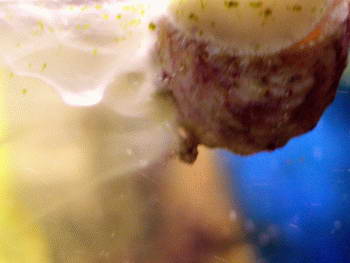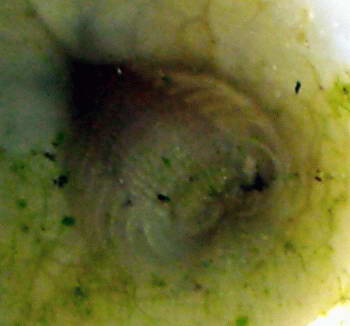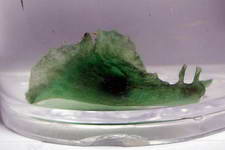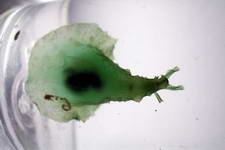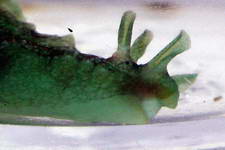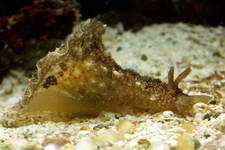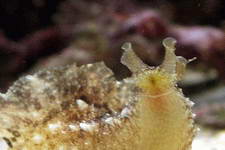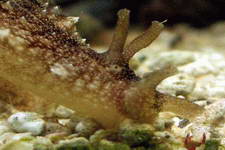With the thousands of snail species that can be
found, it would be
impossible for me to list
them into hundreds of family groups. Since as hobbyists, our main
concern is if a specific species is considered safe to the other life
forms within our aquariums, I will list the snails into only one of two
categories. Either being reef safe or not reef safe. You may note that
some species, normally considered reef safe, such as the Nassarius
members, will be listed as not reef safe since they can be harmfull to
the sand infauna, since a live sand bed is part of any reef, any animal
that consumes the life found within a sand bed could not be considered
reef safe. Only those species that are strictly herbivores will
be listed by me as being reef safe. Please keep in mind that there are
snail families that have members containing both reef safe and non-reef
safe specimens, as such, you may see family members listed in both
categories.
The
Cerith Snails
Harmless herbivores and Detritivores
A Cerithium species
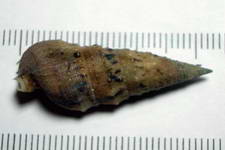
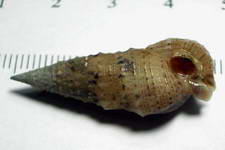
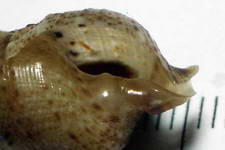
Unknown Cerithium species
Cerithium
punctatum
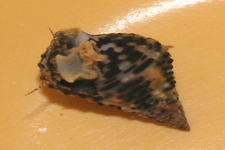
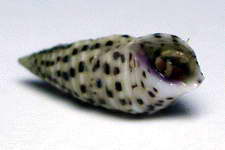
The
Chitons
Depending upon the species of course, some are harmless algae
grazers while others prey upon meatier items.



Below a commonly found
Cryptoplax larvaeformis, a harmless herbivore. (photos taken at night)
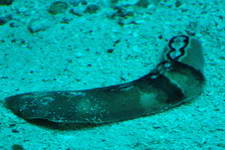
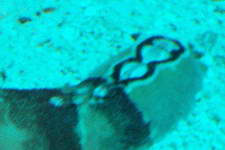
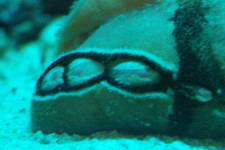
Below, a species that prefers to remain below the substrate.
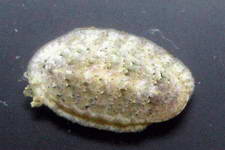
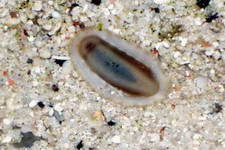 Vermetid Snails
Vermetid Snails (tubes
& webs) A prolific breeder and can become a pest.
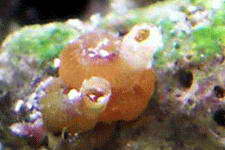
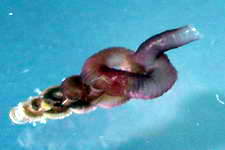
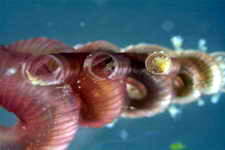
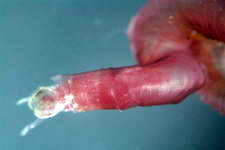
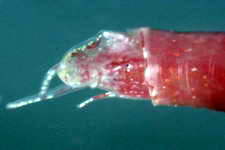
 Star
Snail
Star
Snail (Astralium
Calcar) Members of this family group are the best suited for
our rocky landscaped aquariums.
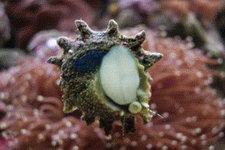
Limpets
- Members of this family group(s) are largely
unknown as to
their dietary needs. Some species can be omnivores and eat both plant
and animal matter while others can be strict herbivores or can develop
a taste for coral flesh. If you find these snails in your
aquarium, it would be wise to keep an eye on it to determine exactly
what it is eating. Some are Reef safe, others are not.
It
is quite possible that these snails can become prolific breeders in our
systems as they brood (keep) their eggs until fully developed. Upon
hatching, fully formed tiny limpets are able to crawl away, avoiding
any filtration or predators that their free floating snail cousins must
endure as larvae within our systems.
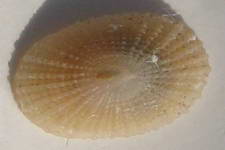

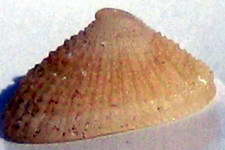
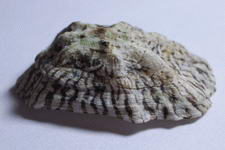
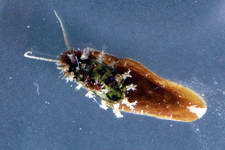
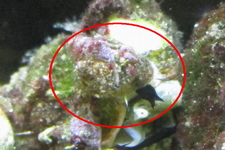 Trochoidea
Trochoidea
Astrea
Turbo Snail
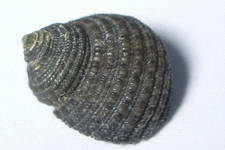
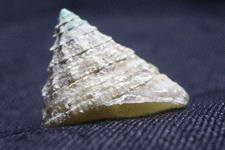

Euplica versicolor
Conch
Pyrene
testudinaria
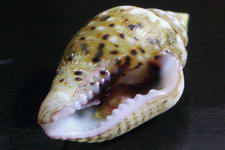
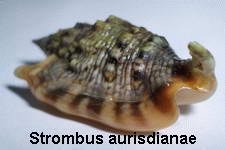

The Nerites
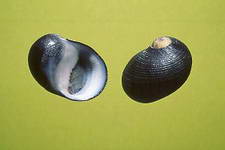
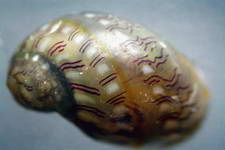
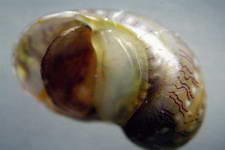 Stomatella Varia
Stomatella Varia.
- A very commonly found hitch hiker. Harmless herbivore which has a
unique way of fooling predators. When attacked or pulled off the glass
by us, it will drop a large portion of its foot, much like some lizards
that break off their tails in an attempt to keep a predator busy while
it makes its escape. Keeping to their descriptive species name,
they are highly variable in colorations.

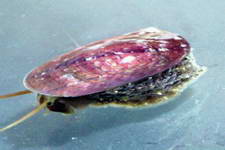

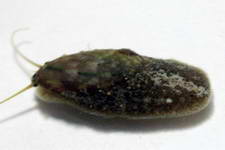
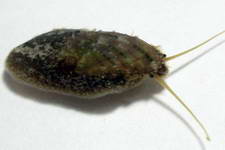

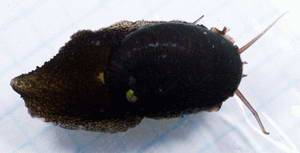

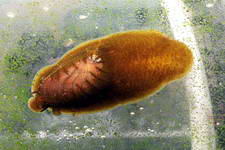
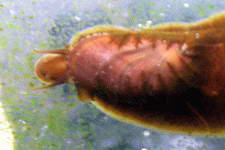
Collinista (
Harmless algae grazer )
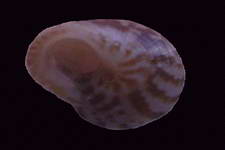
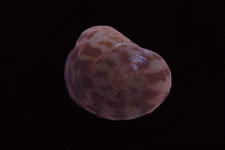
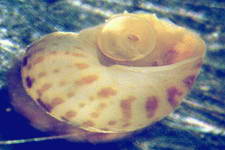 Scutus sp
Scutus sp. - One of the
more unusual marine snails, related to limpets. Reef safe algae grazer.
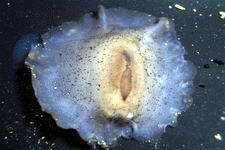
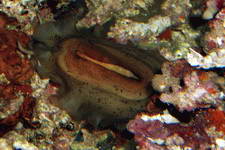
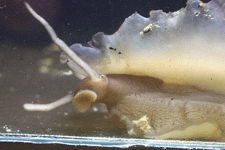 Abalone
Abalone
- A harmless herbivore and is distinctive by its "holes"
evident in its shell.
Shown below is a
Haliotis asinina
( aka donkey ear abalone )
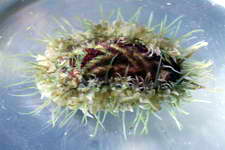
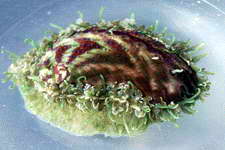
 UNKNOWNS
UNKNOWNS
-
Called as such because these animals have very little known about them.
Which means I have no way to determine whether they could be considered
reef safe or not, and I quote "
The
columbellids are probably the worst family to deal with. They are
abundant and diverse and appear to mimic in shape all other snail
groups." - Dr. Ron Shimek.
Triforid sp.
- Related to Ceriths and have very little known
about them.
This species is at most 1/4th inch long and as shown, has two juveniles
that stay on the adult at all times. If this is parental care, that is
unknown as well.
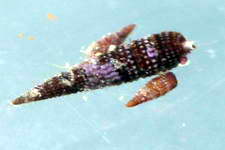
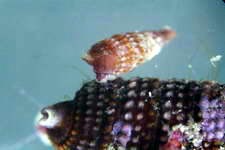
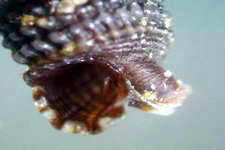 Mitrella circumstriata
Mitra pica
Mitrella sp.
Possible
Scavenger found in live
sand
Unknown diet
Unknown diet
Mitrella circumstriata
Mitra pica
Mitrella sp.
Possible
Scavenger found in live
sand
Unknown diet
Unknown diet
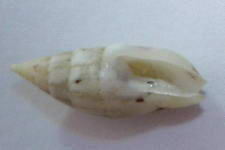
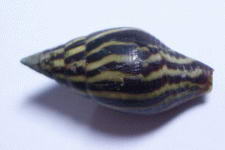
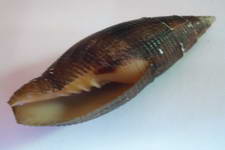
NOT REEF SAFE
THE WHELKS - All of which are
predatory / meat eaters
Drupella Cornis
( Coral Predator )
Cantharid Whelk
(mollusk,snail predator)
Coralliophila Sp (coral
predator)
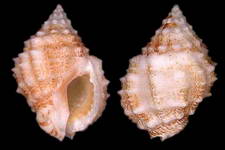
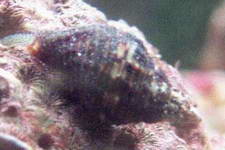
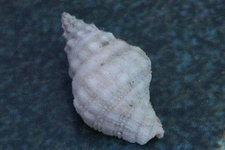
Melongena corona (
predatory whelk)
Babylonia Whelk
(Predator)
Coral
Predator

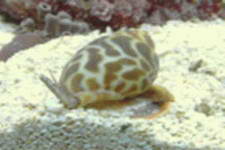
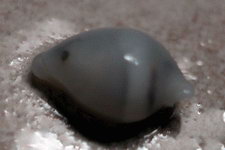
Engina zonalis
(whelk)
Nassarius albescens
Another snail
predator (whelk)
Reef safe except for live
sandbeds
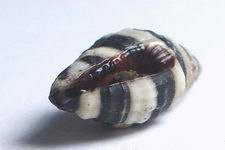
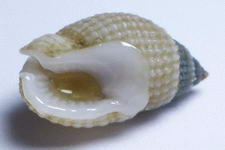
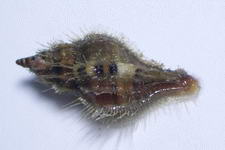
Bursa granularis
Maculotriton serriale
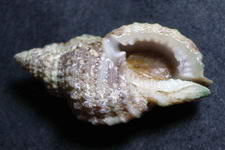
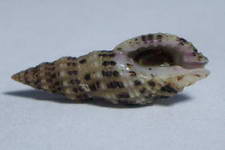 Cowry Snails
Cowry Snails -
These snails can be confusing since they are rarely seen as
shown
in these photos, the reason they are all nice and shiny looking is that
they cover their shell with a mantle which gives them a fleshy
appearance, but if you touch the mantle, it will retract and show the
shell beneath. While this family of snails has members that
are
reef safe, there are too few of such members as to consider this family
as reef safe. I will though list by name those that are reef safe when
possible.
Ringed Cowry
(reef safe)
Deer Cowry ( reef
safe)
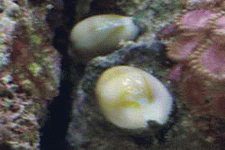
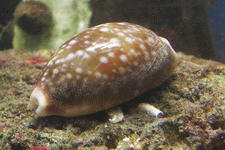

Example of Cowry snails mantle
covering, of which all cowrys have in various colors and textures.
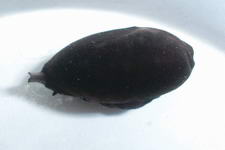

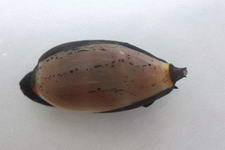 The Triviidae
The Triviidae -
While very cowry like in appearance, they belong to a different family.
Predators upon ascidians..
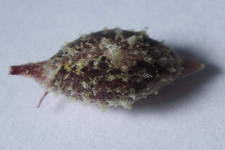

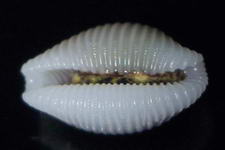 The Olive snails
The Olive snails
( While normally considered scavengers and reef
safe, they can predate upon the sand infauna )
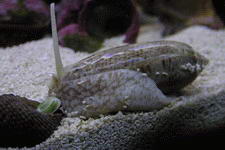
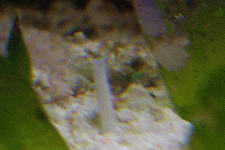
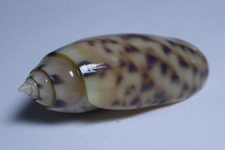
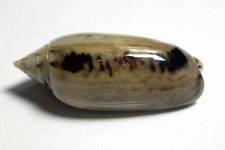
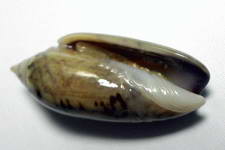 Vexillum (Costellaria) exasperatum Its diet consists of
Vexillum (Costellaria) exasperatum Its diet consists of polychaetes
and gastropods, not sand bed or reef safe.
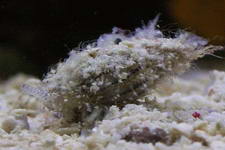

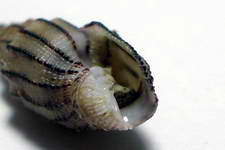
Thyca crystallina - A
Predator of Linkia Starfish
The damage done by this Snail
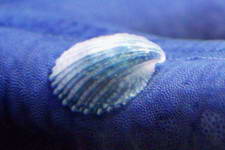
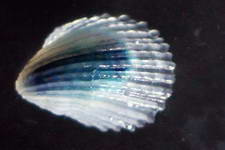
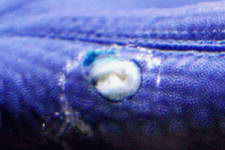 Heliacus
Heliacus ( Zoanthid
Predator)
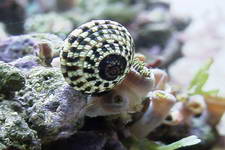

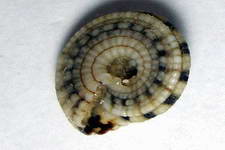
Sun Dial (
Philippia Radiata)
Calpurnus
verrucosus (coral predator) Primovula
sp.
(gorgonian predator)

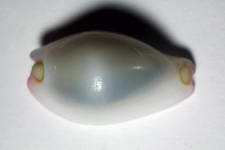
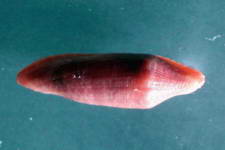
Calpurnus lacteus
(octocoral predator)
 The Fasciolariids
The Fasciolariids
( Tulip Snails )
Peristernia reincarnata, predator of other snails.

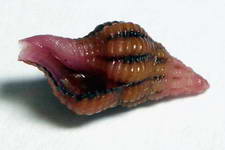
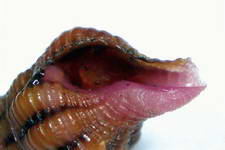 The Conidae
The Conidae (
Cone Snails )
Conus
ebraeus (worm predator)
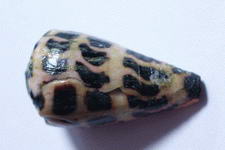
Unknown species
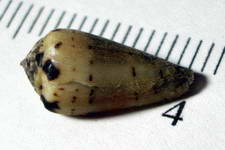
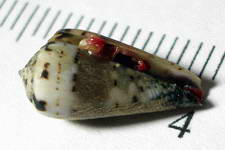
OF
INTEREST
It is not
uncommon to find that other species of snails or
limpets are using their much larger cousin's shell as an algae foraging
area. While not harmfull to the host snail in most cases, it can
however make the
host snail more obvious to predators in the wild by having its algae
camoflauge removed. In the case of some limpets, they
can pose a risk to their "host" snail by boring into the shell and
feeding upon the host snail. For more information on such limpet
species, please see
this link.
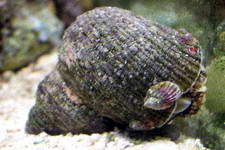

Great Nudibranch Article
Anemone Predator Article
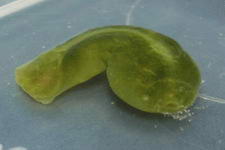

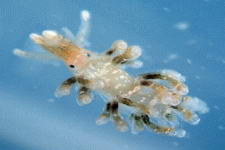 Dendrodoris elongata
Thuridilla gracilis
Dendrodoris elongata
Thuridilla gracilis
Tritoniidae Nudibranch (coral predator)


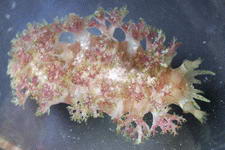 Melibe Fimbriata -
Melibe Fimbriata - Filter
feeding Nudibranch also capable of consuming copepods
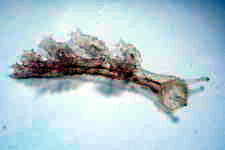
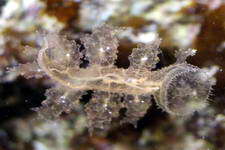

Feeding on Copepods
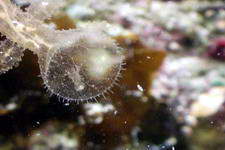
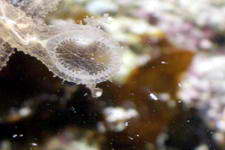
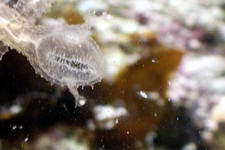 Placida dendritica
Placida dendritica -
A member of the Sacoglossa. The green inside the cerata and
in the ramifying ducts that extend past the eyes & along the
base of the cerata are chloroplasts that it has stolen from food algae
& kept alive in the body which is used much like zooxanthellae
are within corals.
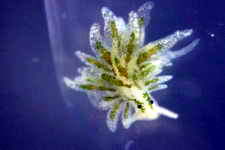
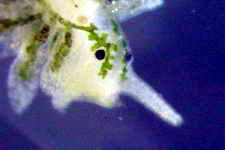
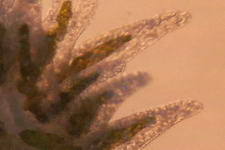 Plakobranchus ocellatus
Chromodoris decora
Berthellina citrina
Plakobranchus ocellatus
Chromodoris decora
Berthellina citrina
( sponge
predator )
( coral , sponge
predator )

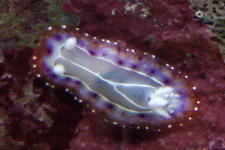
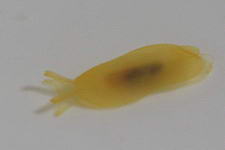 Berthella stellata -
Berthella stellata - A Sponge predator that defend themselves by secreting sulfuric acid. Handle with care!
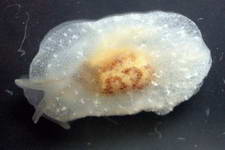
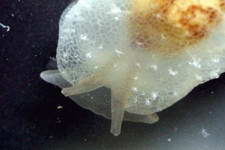
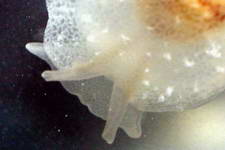 Hypselodoris emma
Hypselodoris emma
A Phyllidiid Nudibranch
An
Aeolid species
sponge predator
Very toxic, will nuke your
tank if it dies Predator of Corals
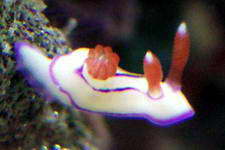
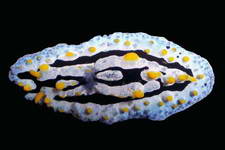
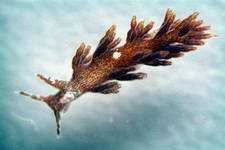
© 2016 ALL
RIGHTS RESERVED
All
content and photographs are CopyRight Protected
and may not be used,
copied or reproduced elsewhere
without permission of
the authors.
GO
BACK
Please
take a moment and
consider supporting any one of the projects listed within. Thank you.

Visitor
Count since 24 Jan.08




